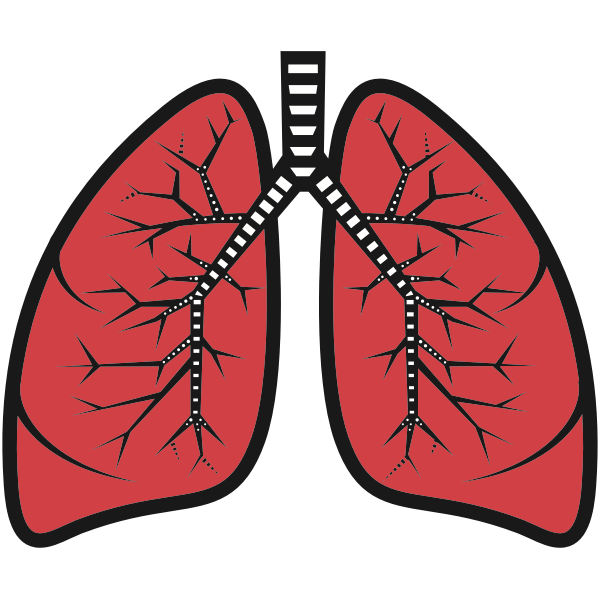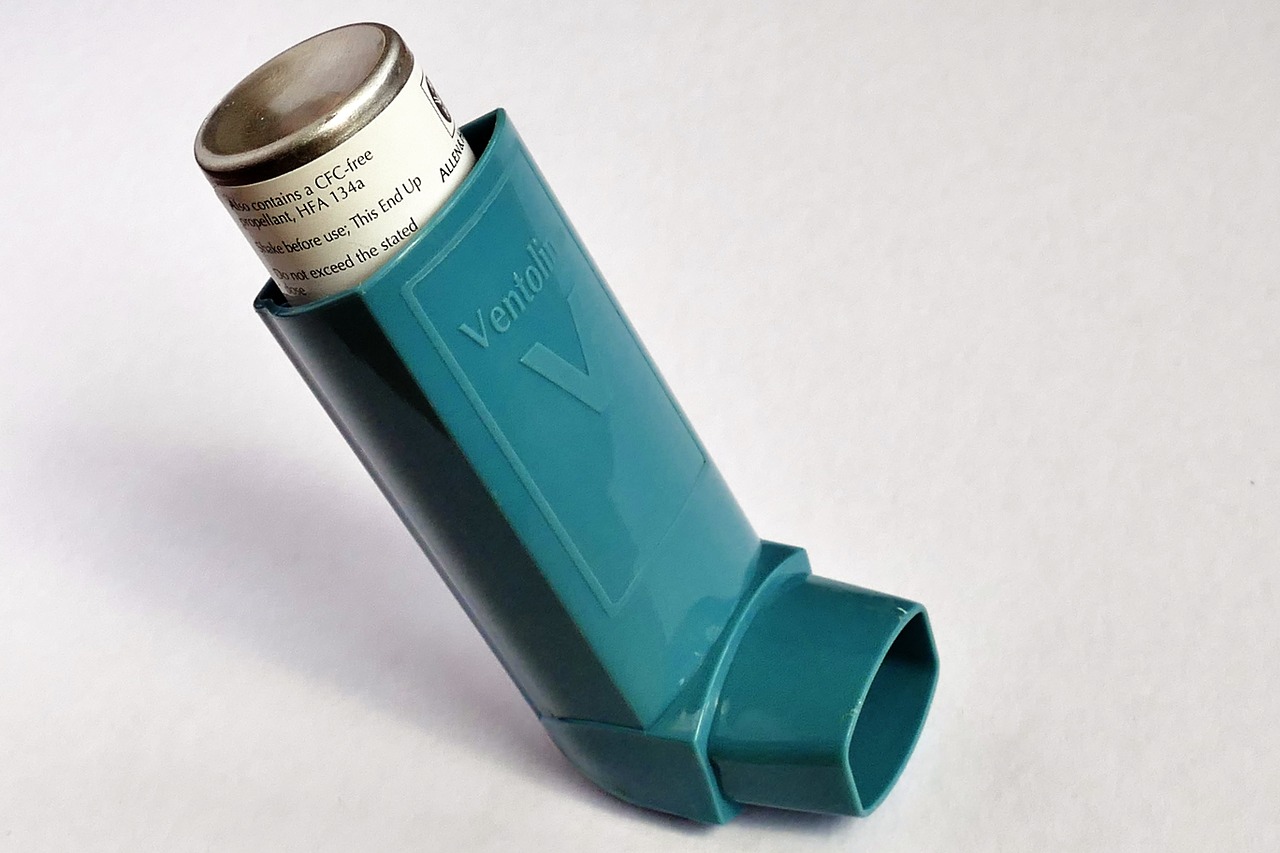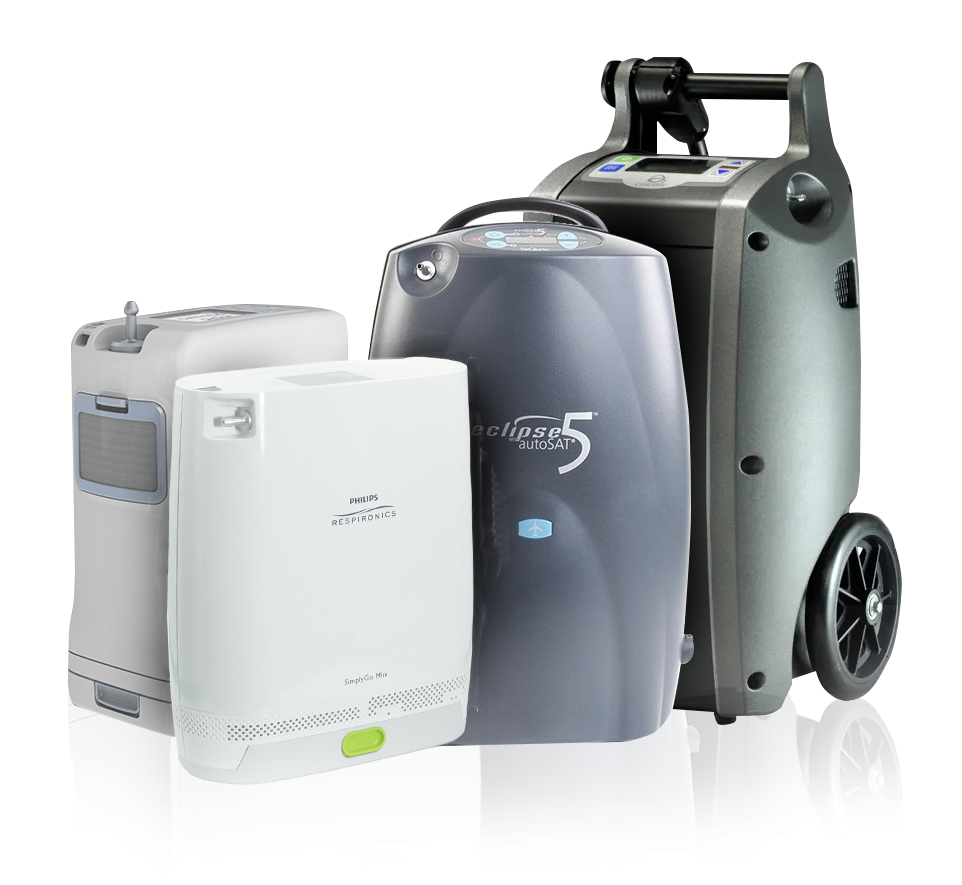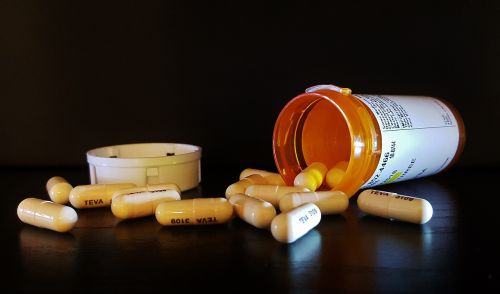.png)
Have you ever left a conversation with your doctor confused about their instructions or explanations? It may have been the complicated terminology they were using, or long instructions about a prescription you need to be taking, or a lack of explanations for your treatment. Studies show that there is a gap between patient–doctor communication leading to decreased quality of care.
Education is a vital element of the patient care process and can contribute to successful and effective management of COPD.
Educating yourself about COPD is your job as the patient. This comes down to understanding your COPD symptoms, the testing, and management and treatment options involved. Then, you will be able to effectively ask your doctor questions and confidently understand their answers.
This is a clear and cohesive guide that you can study before your next visit with your doctor to ensure that you understand the information you doctor presents to you, and you can ultimately advocate for yourself!
Effective patient education will enhance your experience dealing with the uncertainties and confusions of having a chronic illness like COPD.
Patient education also lead to:
- Satisfaction with your overall health care
- Understanding COPD and your treatment
- Comfort and skill in managing and monitoring your COPD by yourself

Important aspects of COPD you need to know: Medication, supplements, oxygen therapy, and pulmonary rehabilitation
If you or someone you know has recently been diagnosed with COPD the amount of information about the disease may feel daunting. But remember; information is power, and knowing what your options are will open doors to a personalized treatment plan that is crucial for living with COPD.
The 3 basics of COPD:
- COPD is a chronic illness. This means that you live with it every day.
- COPD is referred to as chronic bronchitis or emphysema.
- You can do a lot of different things to treat and help manage the disease. There are medications you can take, you might try supplements if you have a deficiency, you can start oxygen therapy, and pulmonary rehabilitation, and get involved with social support groups
Medications and Supplements:
Your medications should be geared towards keeping your airways open as much as possible by helping clear mucus from your respiratory tract, and decrease inflammation. No single strategy or medicine is "best" for everyone, so do not settle for a medication that gives you adverse side-effects.
Personalization is key to addressing your COPD and finding the best plan for symptom control. Always be search for the right medication and supplements to to ensure:
- Better breathing
- Participation in the activities you enjoy
- Fewer flare-ups
Bronchodilators
Bronchodilators relax the muscles around your airways, opening your airways, and helping you breathe easier. Most of the time, you take bronchodilators through an inhaler or it can be converted into a fine spray as a nebulizer, so you breathe the medicine straight into your lungs.
Inhalers work in different ways, so make sure to ask your doctor shows you how your specific inhaler works. Be sure that you are getting a full dose of medicine with each breath.

Three main categories of COPD inhalers:
- Rescue inhalers use short-acting bronchodilators, which work quickly so that you get relief from symptoms fast, and these wear off in a few hours
- Maintenance inhalers use medications known as long-acting bronchodilators, they provide relief for many hours, but the effect may act slower.
- Steroid inhalers contain corticosteroid medications, which target the body's immune system to suppress inflammation in the lungs. These are mainly prescribed to treat COPD exacerbations.

Anti-Inflammatory medications
Anti-inflammatory medications decrease swelling and mucus production within your airways making it easier to breathe. These medicines are known as corticosteroids or steroids. They are usually inhaled with an inhaler.
You could also take corticosteroids as a pill but these will usually only be prescribed for short periods of time in special circumstances when your symptoms are getting more severe.
Steroids have serious side effects, such as weight gain, diabetes, osteoporosis, cataracts and increased risk of infection, so you and your doctor should monitor your use carefully.
Antibiotics
If you have COPD, you are more susceptible than others to catching illnesses from bacteria that infects your respiratory system. If your illness is caused by bacterial or viral infections your doctor may prescribe you an antibiotic for you to keep on hand for if you get an infection.
Talk to your doctor about the prescription of your antibiotic. It is imperative that you finish the perception by taking all of the antibiotics for the duration of time it is prescribed, even if you start to feel better and are not experiencing symptoms. If you do not finish your perspiration, the infection and symptoms can come back in full-swing before it's ever really gone.
Vaccinations
If you have COPD, you are especially vulnerable to viral and bacterial pulmonary infections. Infections are major causes of exacerbations, hospitalization, disease progression, and mortality in COPD patients. Effective vaccines reduced the risk of contracting respiratory infections and reducing flare ups COPD patients.
Supplements
Using herbal and nutritional supplements for COPD can also help with managing your symptoms. Before taking any supplements, you should discuss their use with your doctor because it can interfere with some drugs and cause side effects.
All of these vitamins and nutrients can be found in the foods and drinks you consume, but if just eating more nutrient rich food still leaves you with a vitamin deficiency, taking supplements may be a great option for you to get the nutrients your body needs.
Here is a table of vitamins that have been shown to improve lung health:
| Vitamins and minerals: | Commonly found in: | Common benefits: |
| Vitamin D | Fatty fish, like tuna, mackerel, and salmon, some dairy products, orange juice, soy milk, and cereals, beef liver, cheese, egg yolks | Help lungs function better, and protects against moderate or severe flare-ups |
| Vitamin C and E | Salmon, herring and sardines, cod liver oil, canned tuna, egg yolks, mushrooms, cow’s milk, soy milk, orange juice, | Studies show that taking vitamin C and E supplements for 12 weeks may improve the resistance of DNA in whole blood white blood cells against oxygen related challenges. Meaning there are beneficial effects vitamin C and E have on slowing the decline of lung function in patients with COPD. |
| Vitamin C | Broccoli, brussels sprouts, cauliflower, green and red peppers, spinach, cabbage, turnip greens, and other leafy greens, sweet and white potatoes., tomatoes and tomato juice winter squash. | Studies show that vitamin C can relieve skeletal muscle fatigue that impacts COPD patients. They also provide further evidence that oxidative stress plays a critical role in the skeletal muscle dysfunction that many COPD patients experience. They suggest that antioxidants could eventually be used as a treatment for these problems |
| Vitamin A | Carrots, cantaloupe, spinach, sweet potato, papaya, margo,dried apricot, grapefruit, salmon | Vitamin A can help COPD patients because the body uses vitamin A to build and repair lung tissue. But the relationship with vitamin A and lung health starts before diagnosis, and people with healthy amounts of vitamin A intake had a 52% lower risk of COPD. |
| Magnesium | Black-eyed peas (cooked). tempeh (cooked), soy nuts, cooked beans (black, lima, navy, pinto, chickpeas), tofu, almonds, cashews, flaxseed. | Supports healthy lung function, but some COPD medications may interfere with the body’s ability to absorb it. |
| Calcium | Milk, cheese and other dairy foods, green leafy vegetables – such as broccoli, cabbage and okra, soya beans, tofu, soya drinks with added calcium, nuts, bread | Can help the lungs function. Come COPD medications may cause people to lose calcium. This makes it even more important for people with COPD to consider increasing calcium-rich foods in their diet, or taking a calcium supplement. |
| Omega-3 fatty acids | Fish and other seafood (especially cold-water fatty fish, such as salmon, mackerel, tuna, herring, and sardines), nuts and seeds, plant oils (such as flaxseed oil, soybean oil, and canola oil) | Increasing the intake of omega-3 fatty acids may reduce inflammation for people with COPD. |
| Dietary fiber | Raspberries, pears, apples with skin, raw carrots and cauliflower, boiled sweet corn and broccoli, bake potato with skin | Eating more dietary fiber may lead to a lower risk of COPD. |
| Curcumin | Turmeric |
A natural anti-inflammatory. Some research suggests that it may help treat the inflammation of the airways that characterizes COPD. |
| Ginseng | Ginseng root can be consumed in many ways: eaten raw or lightly steamed to soften it. It can also be stewed in water to make a tea | Helps to build lung strength. |
Oxygen therapy facts for COPD patients
Oxygen therapy is a great option for you if you have moderate to severe COPD and it is something that your doctor will need to prescribe to you. Oxygen therapy can improve your quality of life in a number of ways and it is one of the few treatments that can extend lung health as COPD progresses.
Research shows that even though oxygen is the foundation of treatment for severe COPD patients, many people may not be using it as often as recommended because it can restrict your ability to do certain activities.

You should have a conversation with your doctor if you've been reluctant to use oxygen for any reason. And you should know that there are many streamlined portable oxygen designs available that allow you to get out of the house and be active with far less shortness of breath and risk.
You have a lot of different options when it comes to choosing an oxygen concentrator, and like your treatment for COPD your oxygen concentrator should be personalized to your needs, and meet your requirements.
{{cta('fa8abc2a-1e88-4fa3-82fd-1cb5b9ed43b2','justifycenter')}}
Some oxygen concentrators are lightweight, others have longer battery life, others have stronger pulse/continuous flow rates, and there are a few concentrators that embody a variety of these aspects in one
So choosing an oxygen concentrator is something that you should discussed in great detail with your doctor. This way when you get in contact with one of our specialists, they are able to accommodate all of your medical demands and physical goals with the best unit for you.

You and your doctor should discuss what type of oxygen concentrator you will need to full-fill your oxygen demands:
- Pulse Flow Oxygen Concentrators deliver oxygen in puffs of air called “boluses.” A bolus of oxygen is only administered when the patient is inhaling. Pulse flow units tended to be much lighter, allowing you to carry them on your shoulder or in a bag
-
Continuous Flow Concentrators produces a constant stream of oxygen despite the patient’s breathing rate. continuous flow units are heavier but offer more options and often much higher oxygen output.

After you determine what type of flow will full-fill you oxygen needs bests, you can then make a list of priorities base on what you should look for in an oxygen concentrators. You can access this guide by clicking here.
Pulmonary therapy and rehabilitation
Pulmonary rehabilitation can be an essential tool throughout your lifetime management of COPD. It requires the coordinated action of a multiple healthcare professional in order to deliver you a rehabilitation program that best fits your needs.
The most important components of pulmonary rehabilitation are exercise and self-management education. Studies have been shown that these are the most beneficial aspects for improving health-related quality of life.
By joining a pulmonary rehabilitation program, you are signing up for more than just physical therapy. The classes will often take place in a group setting, giving you the opportunity to meet others with COPD, you will develop physical strength while both giving and receiving emotional and mental support from and to others.

Social support groups
While this may not be a topic that comes up with your doctor, it is something you should consider if you are living with COPD. In the midst of a global pandemic its is ill-advised to spend time regular socializing with others, or joining group pulmonary rehab classes, however you are still not alone.
By joining Facebook groups or online forums, you are immediately welcomed into a community of people who are going through similar challenges and confusions as you. There may be an option to take a pulmonary rehabilitation classes online, and maintain connections with others through live videos and streaming.
{{cta('b59df0c1-c4de-47a8-8e1c-0d33d4b414aa','justifycenter')}}


